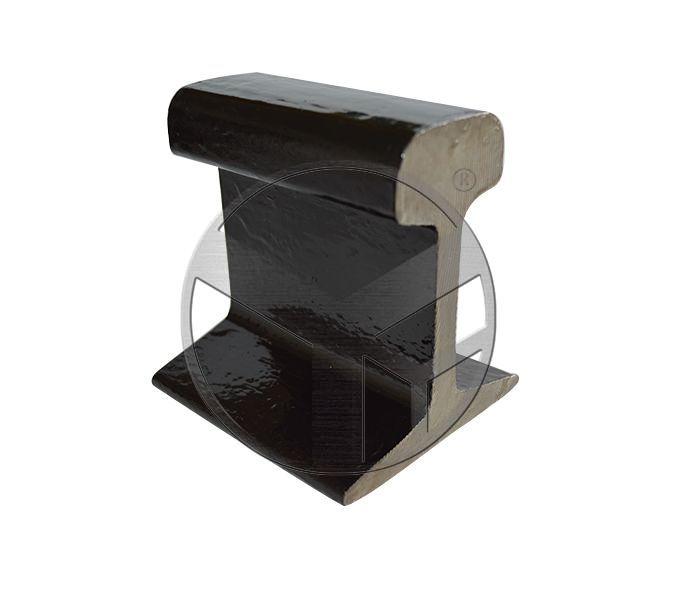The Various Components of a Rail
Light Steel Rail as a whole engineering structure, the track is laid on the subgrade, plays a guiding role in train operation, and directly bears the huge pressure of rolling stock and its load. Under the power of train operation, its various components must have sufficient strength and stability to ensure that the train runs safely, smoothly and uninterrupted at the maximum speed specified.
Light Steel Rail
1. Rails
Railway equipment is an important railway equipment, and steel rail is the main symbol of railway equipment.
Classification Steel rails can be divided into heavy rails and light rails in terms of kilograms of approximate weight per meter:
①Heavy Steel Rail. According to the type of steel used, it is divided into: ordinary manganese-containing rails, copper-containing ordinary carbon steel rails, high-silicon copper-containing steel rails, copper rails, manganese rails, and silicon rails. There are mainly three types of 38, 43 and 50kg. In addition, there are 45kg rails for a few lines, and 60kg rails have been planned to be used on high-volume and high-speed lines.
② Light Rail. There are different types of rails such as 9, 12, 15, 22 and 30.
2. Manufacturing and use. The rails are rolled from carbon-killed steel smelted by open hearth and oxygen converter. Its purpose is to withstand the operating pressure and impact load of rolling stock.
3. Production plants and importing countries. The current rails in China are mainly produced by some domestic steel mills, such as Anshan Iron and Steel and Wuhan Iron and Steel. In addition, due to the large amount of use, it is still necessary to import some rails and rail accessories that are determined in accordance with the physical and chemical properties required by Chinese technical standards and according to relevant foreign standards. The import production state is Japan, Germany, France, Britain, Russia, Australia and so on.
4. Appearance quality
1) The rolled rail shall be straight without significant bending and twisting. The local bending and torsion of light and heavy rails, the amount of corrective deformation, and the inclination of the end faces of the rails must not exceed the standards.
2) The surface of the rail shall be clean and smooth, and there shall be no defects such as cracks, scars, scratches, etc .; there shall be no shrinkage marks and interlayers on its end surface. As for the defects allowed on the overall surface of the light and heavy rail and the degree of their geometric quantities, the standards shall not be exceeded.
These are the requirements of the various components of the rail.

评论
发表评论